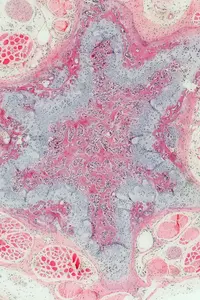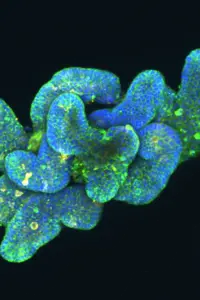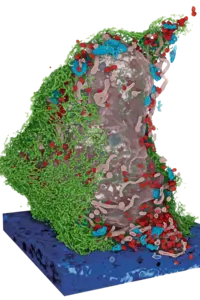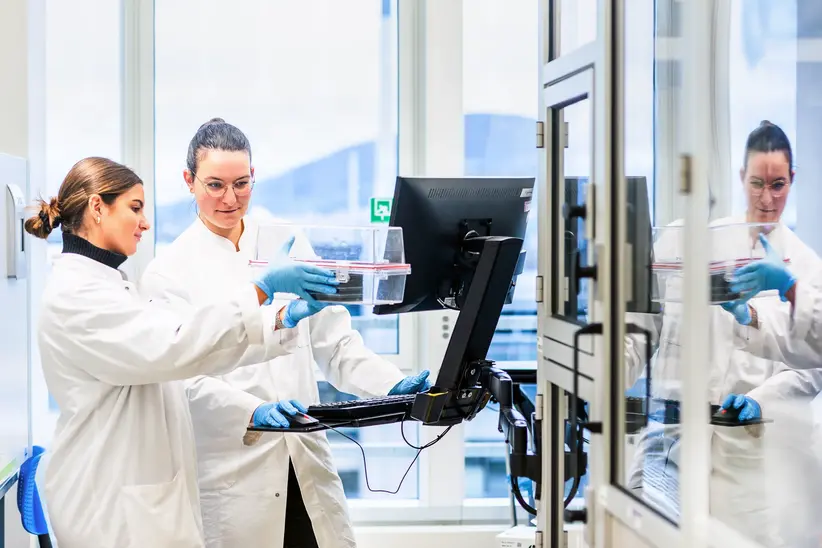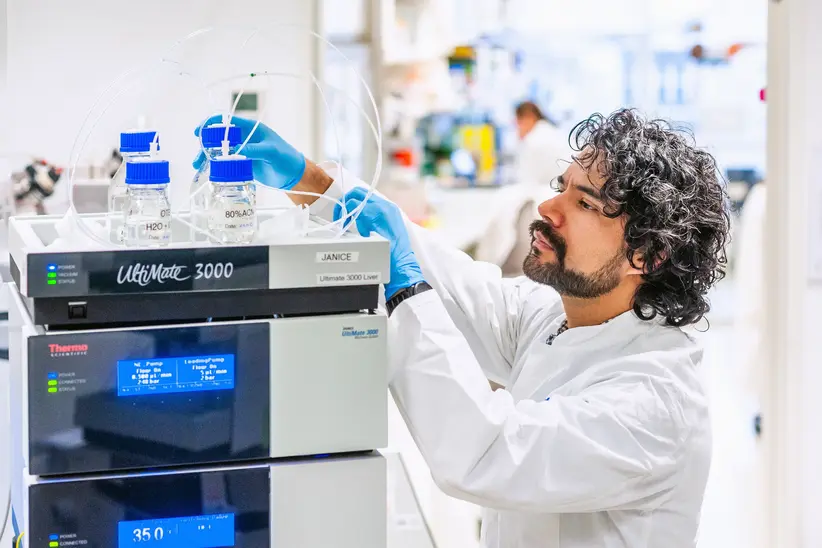Research for a life without cancer
At the DKFZ, we want to ensure that fewer people develop cancer, that cancer can be cured or treated so effectively that those affected can live with the disease and grow old with a good quality of life.
About DKFZ
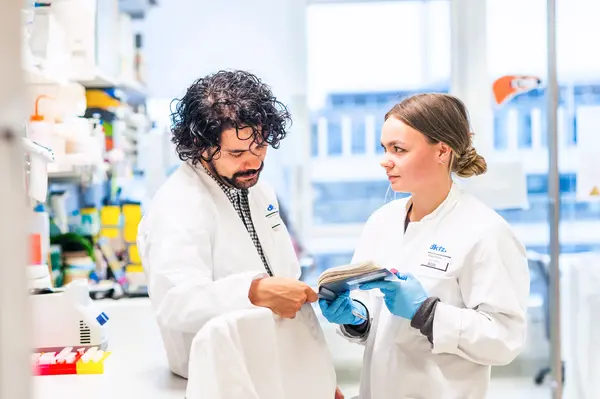
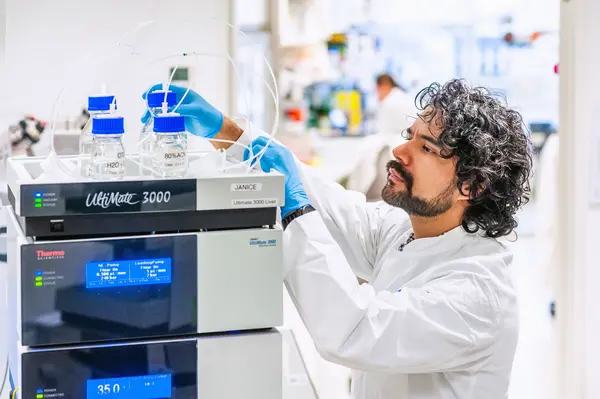
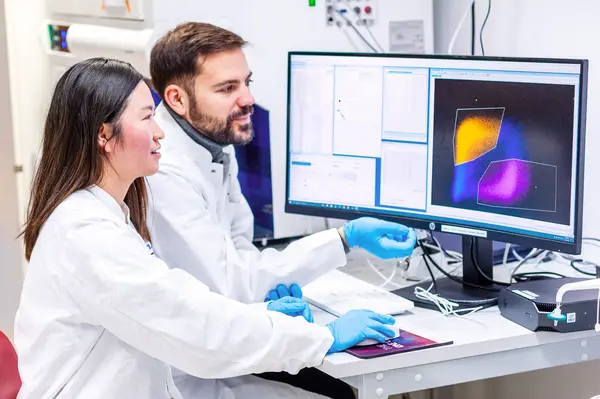


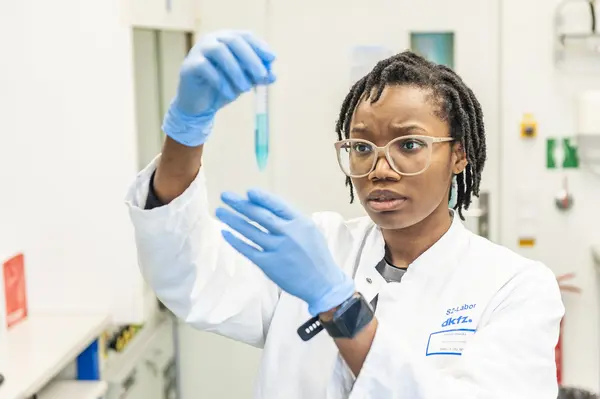
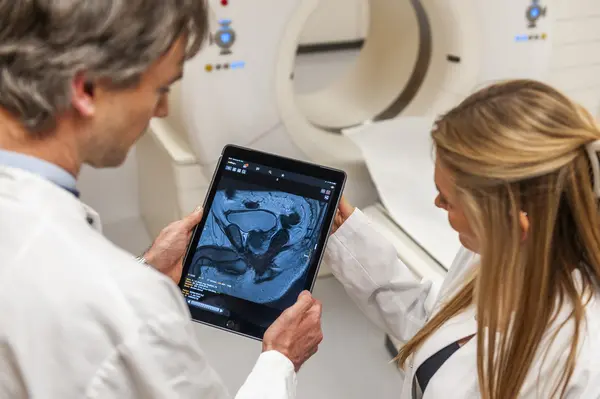
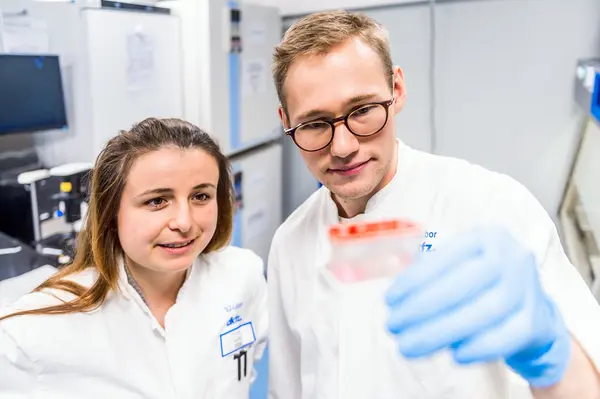
Latest from DKFZ

Health communication content created using artificial intelligence (AI) can reach people on social media more effectively and encourage more interaction than conventional posts. This opens up new opportunities for effective and cost-efficient information campaigns—especially in the field of cancer prevention and early detection. The prerequisite is that AI-generated content must be used transparently, validated by experts, and integrated into quality-assured institutional communication.







Our research opens doors in the fight against cancer
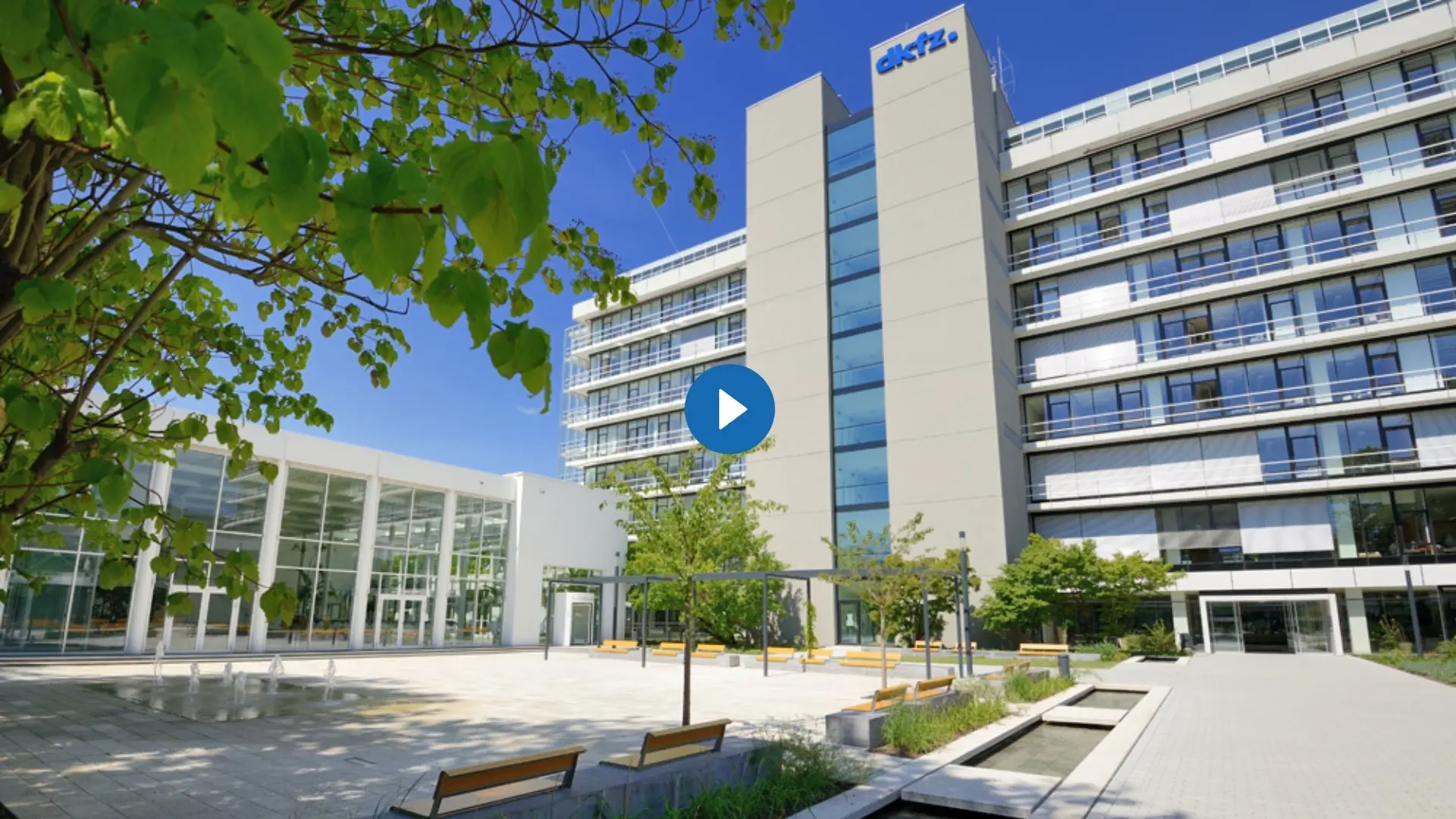

Do you have questions on the topic of cancer?
Let us advise you!
Doctors from the Cancer Information Service answer your questions every day. Find out more now for free!

